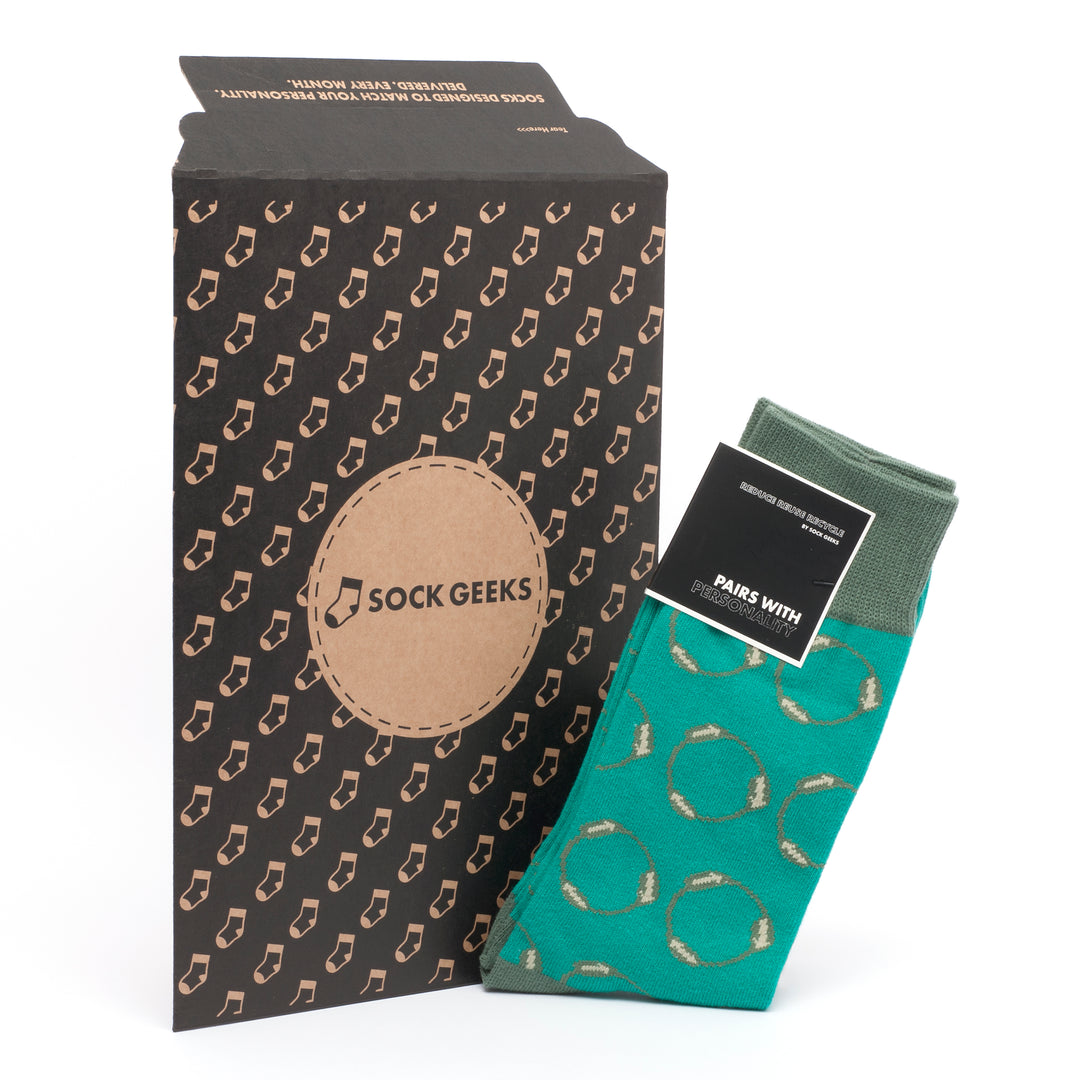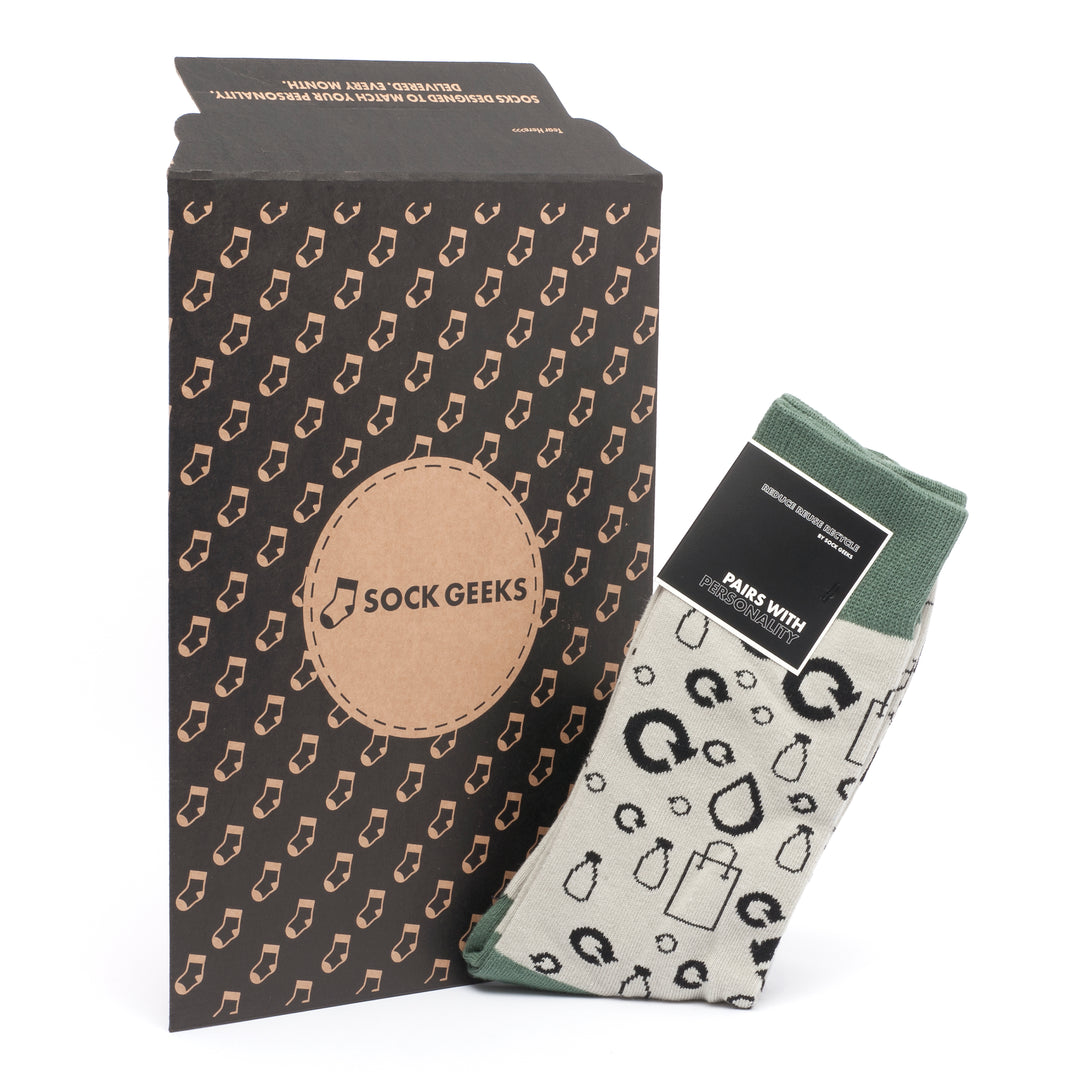Understanding Diabetes and Circulation
Impact of Diabetes on Blood Flow
Diabetes, a condition affecting how the body uses glucose, can lead to poor circulation. High blood sugar levels in diabetes damage blood vessels over time, reducing blood flow efficiency. This impaired circulation can result in various complications for individuals with diabetes and neuropathy.
Individuals with diabetes are at a higher risk of developing a condition called peripheral arterial disease (PAD), where narrowed arteries restrict blood flow to the limbs. This can cause pain, cramping, or numbness, particularly in the legs and feet. The reduced blood flow also delays wound healing in diabetes mellitus, making diabetic foot ulcers more challenging to treat.
Importance of Monitoring Blood Flow
Monitoring blood flow is crucial for individuals with diabetes to prevent complications associated with poor circulation. Regular check-ups and assessments can help healthcare providers detect early signs of circulatory issues and intervene promptly.
By monitoring blood flow, healthcare professionals can identify any narrowing or blockages in the arteries early on. This proactive approach allows for timely interventions such as lifestyle modifications, medications, or surgical procedures to improve blood flow and prevent severe complications.
Symptoms of Poor Circulation in Diabetic Patients
Recognising the symptoms of poor circulation is essential for individuals with diabetes to seek timely medical attention. Common signs of inadequate blood flow in diabetic patients include numbness, tingling sensations, or a burning feeling in the extremities. Cold hands and feet, slow-healing wounds, and muscle cramps can indicate circulatory problems.
It's vital for individuals with diabetes to pay close attention to changes in their feet and legs, as these areas are more susceptible to circulation issues. Any persistent symptoms should prompt immediate consultation with a healthcare provider to prevent further complications.
Benefits of Compression Socks for Diabetics
Alleviating Swelling
Compression socks designed for diabetics can alleviate swelling in the legs and feet by applying gentle pressure to improve blood circulation. This slight compression helps prevent fluid retention, a common issue for individuals with diabetes.
Wearing diabetic compression socks is particularly beneficial for diabetic patients who experience oedema or swelling due to poor circulation. The socks work by assisting the veins in returning blood to the heart more efficiently, reducing the pooling of blood in the lower extremities. This can significantly reduce discomfort and help manage swelling effectively.
Consulting Healthcare Professionals
Before wearing Sigvaris diabetic compression socks or any other type of diabetic compression stockings, it is crucial to consult a healthcare professional. These specialists can provide personalised recommendations based on the individual's specific health condition, ensuring that the compression level and fit are appropriate for the patient's needs.
Healthcare providers can also offer guidance on how long to wear diabetic compression socks each day and the best practices for incorporating them into a daily routine. By seeking professional advice, diabetic patients can maximise the benefits of compression socks while minimising any potential risks associated with improper use.
Risks for Severe Circulation Issues
While diabetic stockings can be beneficial for many individuals with diabetes, those with severe circulation issues should exercise caution when using compression socks. In cases where there are existing complications such as advanced peripheral arterial disease (PAD) or neuropathy, wearing compression socks without medical supervision may pose risks.
Individuals with severe circulation issues should be aware that excessive pressure from compression socks can potentially worsen blood flow problems and lead to further complications. Therefore, it is essential for these individuals to undergo a thorough evaluation by a healthcare professional before considering the use of diabetic compression socks.
Choosing the Right Compression Socks
Key Features
When selecting compression socks for diabetic individuals, it's crucial to consider key features that cater to their specific needs. Look for socks with seamless toe closures to prevent irritation and friction, reducing the risk of ulcers. Opt for socks with moisture-wicking properties to keep feet dry and prevent fungal infections, a common issue for diabetics. Choose socks with extra cushioning in the sole area to provide comfort and protect sensitive skin.
Recommended Compression Levels
For diabetics, it is recommended to choose compression socks with a mild to moderate compression level. A compression range between 15-20 mmHg is ideal for promoting blood circulation without constricting the legs excessively. This level of compression helps reduce swelling in the feet and ankles, a common issue for individuals with diabetes. However, it's essential to consult a healthcare professional to determine the most suitable compression level based on individual needs and medical conditions.
Comfortable and Breathable Materials
When searching for the right pair of compression socks, prioritise materials that offer comfort and breathability. Opt for socks made from soft fabrics like cotton or bamboo that are gentle on sensitive skin. These materials provide adequate ventilation, preventing excessive sweating and promoting air circulation around the feet. Avoid synthetic materials that may cause irritation or allergic reactions. Compression socks with antimicrobial properties can also help prevent odour and bacterial growth, ensuring overall foot health for diabetics.
Differences Between Diabetic and Regular Socks
Design Variances
Diabetic socks are specifically crafted with seamless toe closures to prevent rubbing and blisters, reducing the risk of ulcers in diabetic individuals. The padding in these socks is strategically placed to cushion high-pressure areas on the foot, promoting comfort and protection.
Diabetic silver socks integrate silver fibres that have antimicrobial properties, inhibiting bacterial growth and minimising the risk of infections. These socks are designed to enhance circulation while maintaining a gentle grip on the leg, preventing constriction that could impede blood flow.
Moisture-Wicking Benefits
Diabetic socks are typically made from moisture-wicking materials like polyester or acrylic, aiding in keeping feet dry and preventing fungal infections. The moisture-wicking feature helps regulate temperature, reducing the likelihood of skin irritations caused by excessive perspiration.
Absence of Constrictive Elements
Unlike regular socks that may have tight elastic bands at the top, diabetic socks are crafted without constrictive elements to ensure unrestricted blood flow. This design element is crucial for individuals with diabetes as it helps prevent circulation issues and promotes overall foot health.
How to Wear Compression Socks Correctly
Pair
Compression socks are beneficial for diabetics when worn correctly. To ensure their effectiveness, start by choosing the right size - they should be snug but not overly tight.
When putting them on, turn the sock inside out, place your foot in, and gradually roll the sock up your leg. Ensure there are no wrinkles or bunches as they can cause discomfort or affect circulation.
Best Times
For optimal benefits, wear compression socks first thing in the morning before any swelling occurs. They are also helpful during long periods of sitting or standing to prevent blood pooling in the legs.
If you have a more active lifestyle, wearing them during exercise can provide extra support and reduce muscle fatigue. However, it's essential to consult with a healthcare professional before starting any new routine.
Checking Fit
Throughout the day, monitor for any signs of discomfort, redness, or skin irritation. These could indicate that the socks are too tight or causing issues with blood flow.
Make sure to remove the socks before bed to allow your feet to rest and recover. It's crucial to maintain good foot hygiene and check for any sores or blisters regularly.
Caring for Your Feet with Diabetes
Importance of Daily Inspections
Regularly inspecting your feet is crucial for diabetic foot care. Check for any cuts, sores, or blisters daily to catch issues early and prevent complications. Early detection can help in managing diabetic foot injuries effectively.
To ensure thorough inspections, use a mirror or seek assistance if needed. By incorporating this simple routine into your diabetes experience, you can actively monitor your foot health and address any concerns promptly.
Cleanliness and Moisturisation
Maintaining proper hygiene is essential for diabetic skin health. Wash your feet daily with mild soap and lukewarm water, ensuring to dry them thoroughly, especially between the toes. Moisturising your feet regularly can prevent dryness and cracking, reducing the risk of infections.
When selecting a moisturiser, opt for a gentle, fragrance-free option suitable for sensitive skin. Consistent care in keeping your feet clean and moisturised can significantly lower the chances of developing infections.
Importance of Well-Fitted Shoes
Choosing the right footwear plays a significant role in preventing diabetic foot complications. Ill-fitting shoes can lead to discomfort, blisters, and sores, which are particularly risky for individuals with peripheral neuropathy. To avoid potential issues, ensure your shoes fit well and provide ample support.
When purchasing new shoes, consider shopping later in the day when your feet are slightly swollen to get a better fit. Look for shoes with cushioning and roomy toe boxes to accommodate any foot deformities or swelling. Wearing properly fitted shoes is a proactive step in safeguarding your feet from harm.
Tips for Maintaining Healthy Feet
Regular Podiatrist Visits
Encourage regular visits to a podiatrist for diabetic foot care. These visits are crucial for early detection of any foot problems and can prevent complications. Podiatrists can provide tailored advice on proper foot care based on individual needs.
Healthy Diet for Foot Health
Maintain a healthy diet to improve overall foot health. Consuming foods rich in essential nutrients like vitamins, minerals, and antioxidants can promote better circulation to the feet. A balanced diet also helps in managing blood sugar levels, reducing the risk of foot complications.
Importance of Regular Exercise
Promote the practice of exercising regularly to enhance circulation. Physical activity improves blood flow to the feet, reducing the risk of foot injuries and infections. Simple exercises, such as walking or swimming, can have significant benefits for foot health.
Where to Purchase Compression Socks
Online Retailers
When considering where to purchase compression socks for diabetics, online retailers offer a convenient option. Websites like DiabeticSockShop.com and ComproGear.com provide a wide range of compression socks tailored specifically for individuals with diabetes. These platforms often have detailed product descriptions, sizing guides, and customer reviews to help you make an informed decision.
Local Stores
Local pharmacies and medical supply stores are also excellent places to find compression socks suitable for diabetics. Pharmacies like Boots or CVS typically stock diabetic-friendly compression socks in various sizes and styles. Visiting these stores allows you to seek advice from pharmacists or staff members who can assist you in selecting the right compression socks based on your needs.
Customer Reviews
Before making a purchase, it's advisable to check customer reviews to ensure the quality and effectiveness of the compression socks. Reading feedback from other diabetic individuals who have used the products can provide valuable insights into their comfort, durability, and overall performance. Look for reviews that mention specific benefits such as improved circulation, reduced swelling, and enhanced comfort throughout the day.
Final Remarks
Considering the importance of maintaining proper foot health when managing diabetes, incorporating compression socks into your daily routine can significantly benefit you. From enhancing circulation to reducing the risk of complications, these socks play a crucial role in safeguarding your feet. Remember to choose the right compression level, wear them correctly, and prioritise foot care to maximise their effectiveness. By investing in quality compression socks and following the recommended guidelines, you are taking proactive steps towards better foot health as a diabetic individual.
Take charge of your foot health today by embracing the benefits of compression socks tailored for diabetics. Your feet deserve the best care possible, and by utilising compression socks effectively, you are not only improving circulation but also promoting overall well-being. Stay informed, stay proactive, and prioritise your foot health to lead a fulfilling life with diabetes.
Frequently Asked Questions
Are compression socks beneficial for diabetics?
Compression socks can help improve circulation in diabetics, reducing the risk of complications like ulcers and oedema. They provide gentle pressure to aid blood flow.
How do compression socks benefit diabetics?
Compression socks assist in enhancing blood circulation, reducing swelling, and lowering the risk of blood clots in diabetics. They can also help alleviate leg pain and discomfort.
What is the difference between diabetic socks and regular socks?
Diabetic socks are seamless, non-binding, and moisture-wicking to prevent skin irritation and promote circulation. Regular socks may have seams that could cause friction and restrict blood flow.
How should compression socks be worn correctly by diabetics?
To wear compression socks correctly, ensure they fit snugly but not too tight, start putting them on from the foot upwards, smooth out any wrinkles, and avoid folding or rolling them down.
Where can one purchase compression socks suitable for diabetics?
Compression socks suitable for diabetics can be found at pharmacies, medical supply stores, specialised online retailers, and some healthcare facilities. It's important to choose the right size and compression level for optimal benefits.




















Leave a comment